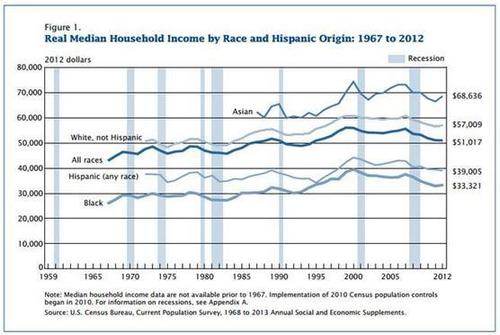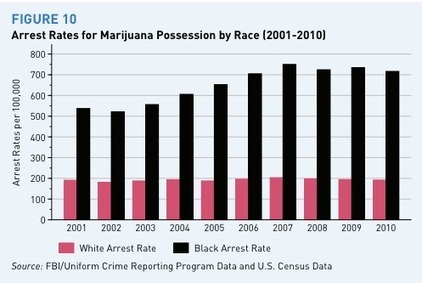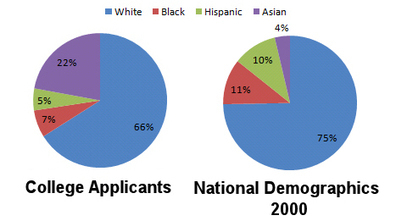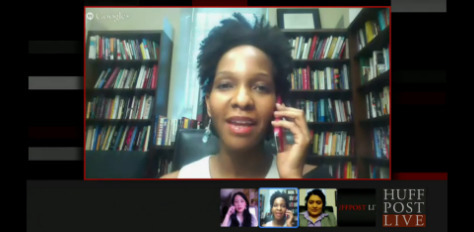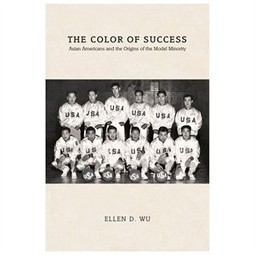Unintentional racism starts with unconscious bias.
 Unconscious bias
Unconscious bias
Psychologists tell us that our unconscious biases are simply our natural people preferences. Biologically we are hard-wired to prefer people who look like us, sound like us and share our interests. Social psychologists call this phenomenon “social categorisation‟ whereby we routinely and rapidly sort people into groups. This preference bypasses our normal, rational and logical thinking. We use these processes very effectively (we call it intuition) but the categories we use to sort people are not logical, modern or perhaps even legal. Put simply, our neurology takes us to the very brink of bias and poor decision making. –Tinu Cornish and Dr Pete Jones
To learn more check Understanding Unconscious Bias and Unintentional Racism
This clip features Barbie-Danielle DeCarlo, Rinku Sen, Suzanne LePeintre, Tilman Smith, Tim Wise, Robin Parker, and Yuko Kodama.
Jump to 5:02 for the full story on the shooting of Amadou Diallo (age 23), which reminds me of the shootings of Jonathan Ferrell (age 24), Oscar Grant (age 22), Jordan Davis (age 17), and Trayvon Martin (age 17) – all unarmed Black men.
“In The Souls of Black Folk, W.E.B. DuBois suggested that the question white people so often want to ask black people is, How does it feel to be a problem? This program turns the tables and recognizes some simple facts: Race problems have their roots in a system of white supremacy. White people invented white supremacy. Therefore, the color of the race problem is white. White people are the problem. White people have to ask ourselves: How does it feel to be a problem?”
Individuals need to become less focused on feeling very tolerant and good about themselves and more focused on examining their own biases. -Jean Moule
Like this:
Like Loading...


